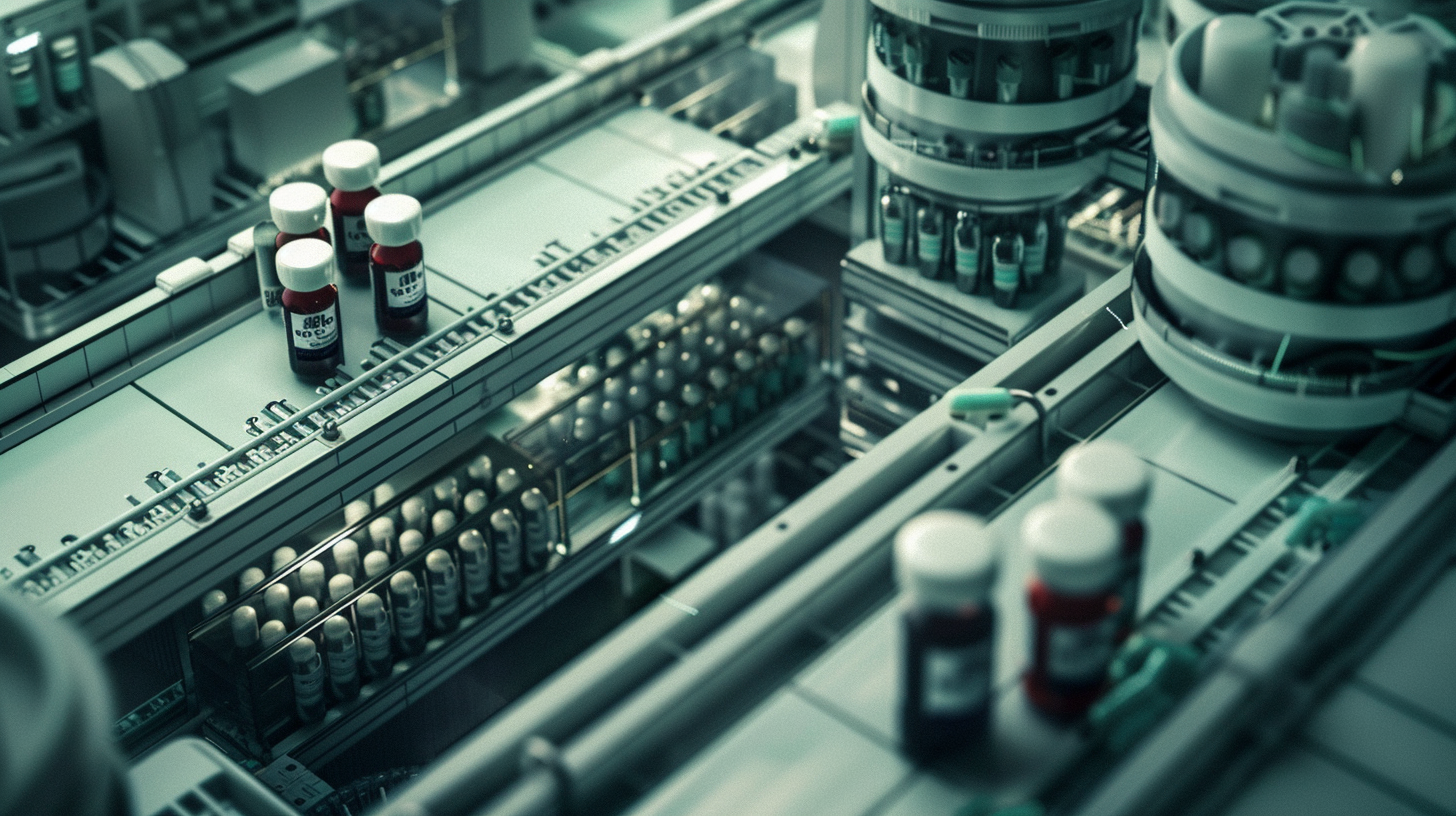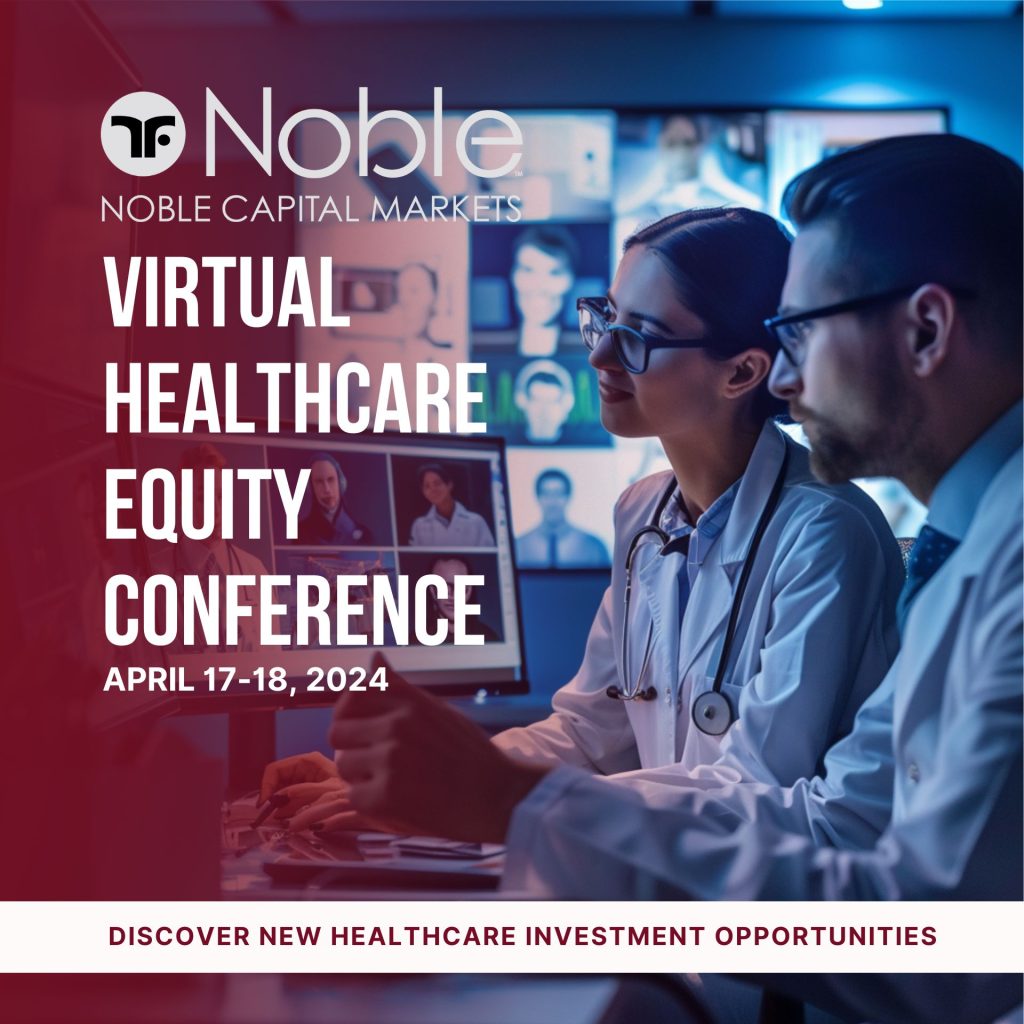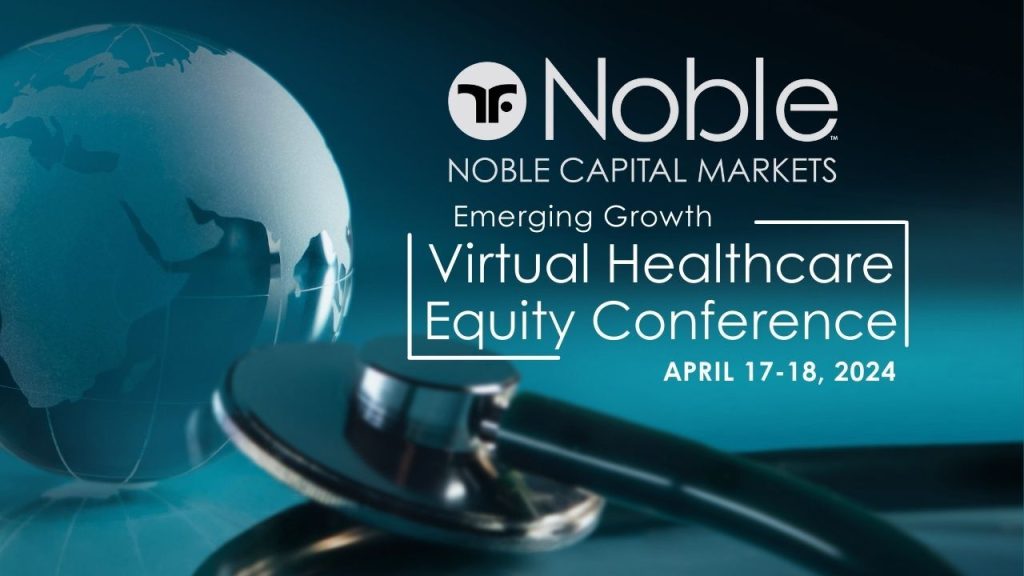Perficient (NASDAQ: PRFT), a global digital consultancy renowned for its transformative solutions for enterprises and brands, has made headlines with its recent announcement of an acquisition agreement. The company is set to be acquired by an affiliate of BPEA Private Equity Fund VIII, part of EQT AB, a prominent global investment organization. This all-cash transaction, valued at approximately $3.0 billion, marks a significant milestone for Perficient and its shareholders.
Key Details of the Acquisition:
- Perficient has entered into a definitive agreement with EQT AB for acquisition in an all-cash transaction.
- The deal values Perficient at an enterprise value of approximately $3.0 billion.
- Perficient stockholders will receive $76 per share, representing a remarkable 75% premium to Perficient’s closing stock price on April 29.
- The transaction has been unanimously approved by Perficient’s board of directors and is expected to close by the end of the year.
Rationale Behind the Acquisition:
- Jeffrey Davis, Chairman of the Board of Perficient, highlighted the comprehensive review conducted by the board to maximize value for shareholders.
- The acquisition provides shareholders with compelling, certain cash value for their shares while enabling Perficient to continue supporting clients in achieving business success.
- By partnering with EQT, Perficient aims to leverage resources and expertise to accelerate its growth trajectory and enhance its position as a global digital consultancy leader.
Impact on Perficient and Shareholders:
- Following the transaction’s closure, Perficient will transition from being a publicly traded company on NASDAQ to a private entity.
- The company plans to remain headquartered in St. Louis, with Tom Hogan continuing in his role as CEO and the current management team expected to stay onboard.
- Perficient’s commitment to delivering innovative digital transformation solutions remains unwavering, supported by EQT’s strategic backing.
Market Response and Guidance Withdrawal:
- The announcement of the acquisition propelled Perficient’s stock, with PRFT surging more than 50% in early Monday trading.
- In response to the acquisition news, Perficient withdrew its guidance for the full year, reflecting the transformative nature of the impending transaction.
Perficient’s acquisition by EQT marks a pivotal moment in the company’s journey, reflecting its commitment to maximizing shareholder value and accelerating growth. With a focus on delivering innovative digital solutions, Perficient remains poised to continue its legacy of excellence in the ever-evolving digital landscape. As the transaction progresses, stakeholders eagerly anticipate the next chapter in Perficient’s evolution under EQT’s strategic stewardship.















